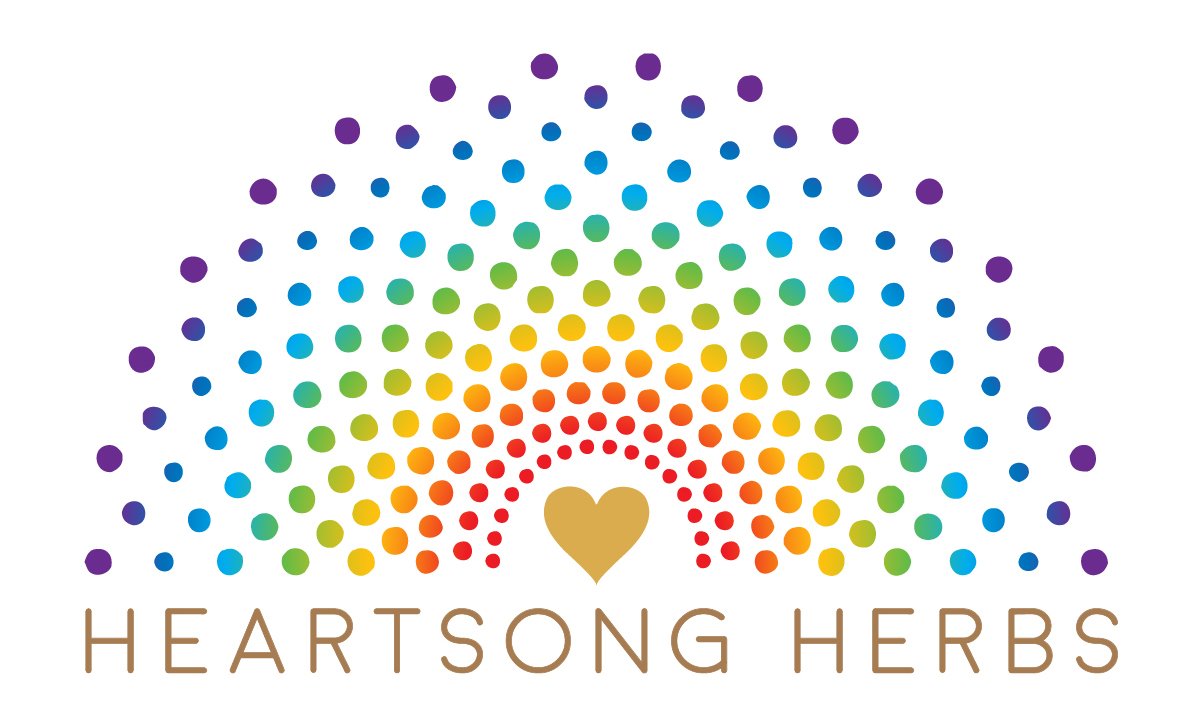Herbs For Kids
Sweet Seshata, somewhere around the age of 3, discovered that she loved rosemary and almost automatically reached out to pick a bit whenever she passed the plant. The scent, texture, and “spice” of the plant drew her in. A walk through an herb garden led her to peppermint, lemon balm, and yarrow. She marveled at the shape of an echinacea bloom and was in awe of the hummingbirds that arrived, flitting through the cone flowers. An eagerness to live amongst the plants like a fairy was palpable in her excitement, and she mimicked the butterfly when she was standing with a zinnia flower, looking deeply into the folds of its bloom.
This is the child’s way of connecting with the plant world, in their own time and at their own pace and with their own very distinct lens through which they experience the world. Not only are children in closer physical proximity to most herbs, but their hearts are also still very much open and alive with the curiosity toward the newness of the world.
There are the plants that reach out and grab children with their scent and structure - rosemary, lavender, tulsi; there are the plants that beckon with their blooms - echinacea, calendula, yarrow. And then there are the plants that are distinctly energetically aligned with children and the connection between them seems almost magnetic. Children will almost always reach out and connect with lemon balm when they encounter the plant; no surprise that lemon balm is an excellent plant medicine across the board for children, addressing anxiety, fever, and restlessness amongst many other applications.
Take note the next time that you plant walk or garden or just take a stroll with a child. Notice what plants they are drawn to; ask “why” and you’ll find an open door to an intuitive connection that, even if you’ve lost it with time and age, can be accessed throughout a lifetime. Children, along with plants, are our greatest teachers, afterall.

